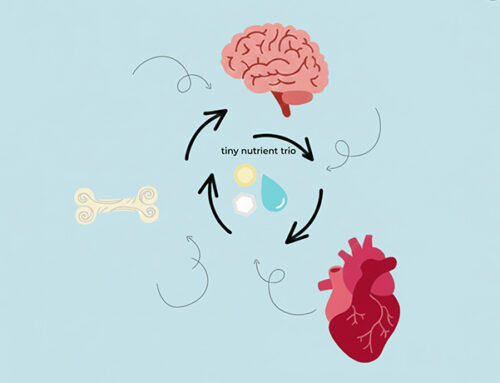 Severe malnutrition is the world-leading cause of children under-five’s death. Recent studies found a clear link between gut microbiota and severe acute malnutrition (1-2). Amoxicillin and therapeutic diet cure most of the children with severe acute malnutrition but a disruption of the gut microbiota is suspected in most severe cases. In these cases, therapeutic diet may be unable to reverse the microbiota alteration leading to persistent impaired development or death. Loss of key flora in acute malnutrition is one of the key cause of enteric sepsis and death.
Severe malnutrition is the world-leading cause of children under-five’s death. Recent studies found a clear link between gut microbiota and severe acute malnutrition (1-2). Amoxicillin and therapeutic diet cure most of the children with severe acute malnutrition but a disruption of the gut microbiota is suspected in most severe cases. In these cases, therapeutic diet may be unable to reverse the microbiota alteration leading to persistent impaired development or death. Loss of key flora in acute malnutrition is one of the key cause of enteric sepsis and death.
In a study, samples of malnourished patients with kwashiorkor and healthy children were collected from Niger and Senegal and analyzed and found decreased gut flora diversity and an enrichment in potentially pathogenic Proteobacteria, Fusobacteria and Streptococcus gallolyticus(3). The study suggested microbiotherapy based on selected strains has the potential to improve the current treatment of severe acute malnutrition and prevent relapse and death by reestablishing a healthy gut microbiota. Specific probiotic regimen or prebiotic formulation to increase gut diversity in children might safeguard some of the dysbiosis associated with malnutrition.
References
- Subramanian S et al. Persistent gut microbiota immaturity in malnourished Bangladeshi children. Nature.2014 Jun 19;510(7505):417-21. doi: 10.1038/nature13421.
- Million M et al.Gut microbiota and malnutrition.MicrobPathog.2017 May;106:127-138. doi: 10.1016/j.micpath.2016.02.003. Epub 2016 Feb 4.
- Tidjani A M et al.Gut Bacteria Missing in Severe Acute Malnutrition, Can We Identify Potential Probiotics by Culturomics? Front Microbiol.2017 May 23;8:899. doi: 10.3389/fmicb.2017.00899. eCollection 2017.




